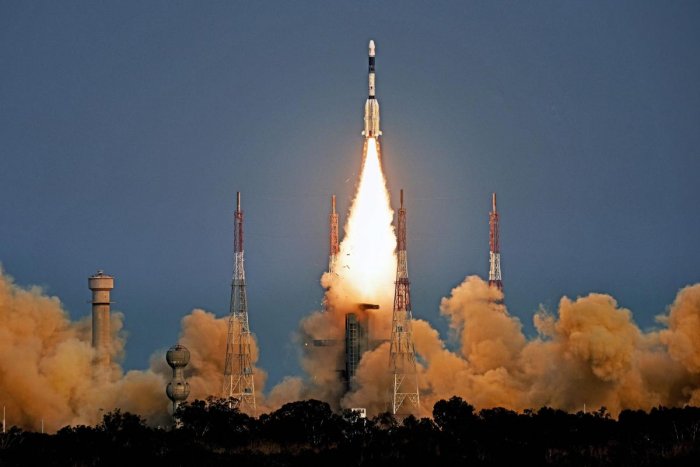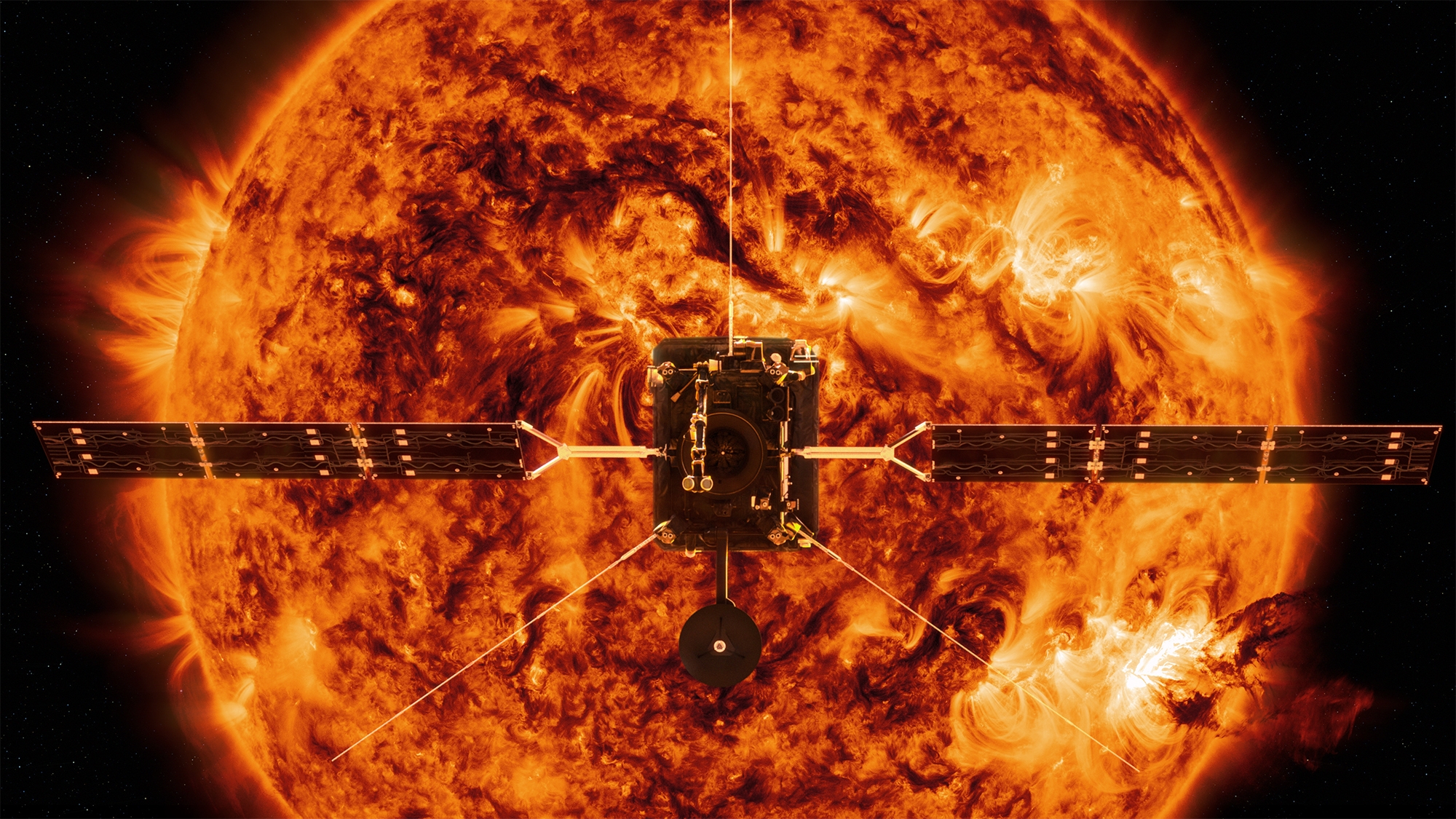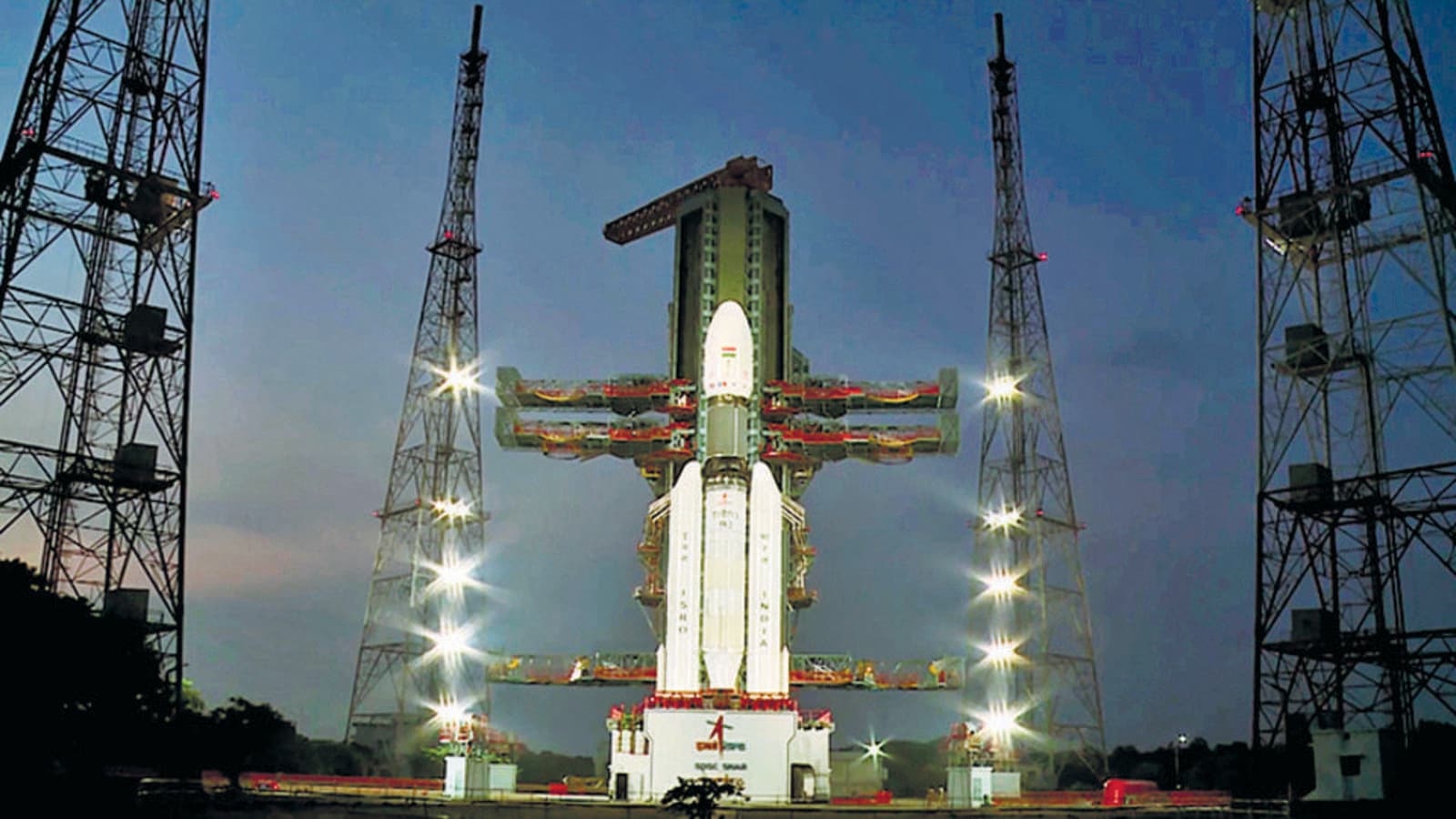Hey Readers! Welcome to trendphobia. The Indian Space Research Organisation (ISRO) has long been at the forefront of space exploration and furthermore, one of its most ambitious missions in recent years is the Aditya-L1 mission. In the following paragraphs, this mission is dedicated to studying our closest star the Sun. In this blog post, we will delve into the details of the Aditya-L1 mission, its objectives, significance and the technological marvels that make it possible.
Understanding the Aditya-L1 Mission

Aditya-L1, also known as the Aditya Solar Mission is a project by ISRO aimed at studying the Sun from a unique vantage point- the L1 Lagrange point. This point is located approximately 1.5 million kilometers away from Earth, directly between our planet and the Sun. By positioning a spacecraft at the L1 point, ISRO can observe the Sun continuously without any interference from Earth’s atmosphere.
Objectives of Aditya-L1
Studying the Solar Corona

One of the primary goals of the Aditya-L1 mission is to study the Sun’s outermost layer the corona. This region is hotter than the Sun’s surface itself and understanding its dynamics is crucial for predicting solar storms and space weather.
Also read E-Banking: Transforming Financial Landscapes
Solar Activity Monitoring
Aditya-L1 will keep a close eye on solar activities, including solar flares and coronal mass ejections (CMEs). Furthermore, these phenomena can have significant impacts on Earth’s technology and communication systems.
Magnetic Fields

The mission aims to explore the Sun’s magnetic fields and how they affect solar phenomena. By doing so, this research can provide valuable insights into the Sun’s influence on the solar system.
Helioseismology
Aditya-L1 will use helioseismology to study the internal structure and dynamics of the Sun, helping scientists better understand its behavior and evolution.
Significance of the Mission
Space Weather Prediction

It will enhance our ability to predict space weather events, thereby improving our preparedness for potential disruptions. These disruptions can affect GPS systems, communication networks and even power grids on Earth.
Advancing Solar Science

Aditya-L1’s observations will contribute to our understanding of fundamental solar processes and phenomena. Consequently, this mission will ultimately expand our knowledge of the Sun’s role in the cosmos.
Technological Advancements

The mission showcases ISRO’s technological prowess in developing advanced instruments and spacecraft capable of withstanding the extreme conditions near the Sun. Additionally, this demonstrates ISRO’s commitment to pushing the boundaries of scientific exploration.
Conclusion

The Aditya-L1 mission represents a significant step in ISRO’s pursuit of space exploration and scientific research. Moreover, by studying the Sun from the unique vantage point of the L1 Lagrange point Aditya-L1 promises to unlock new insights into solar science, space weather prediction and the mysteries of our solar system’s central star. Furthermore, this ambitious endeavor exemplifies India’s growing role in space research and its commitment to advancing our understanding of the universe.
For more Interesting Tech blog follow Trendphobia.
Thanks for reading😊
Also read:
- ChatGPT vs. Writers: Will AI take over content writer?
- Metamorphic Robots: The Shape-Shifting Future of Robotics
- Defeating Phishing Attacks: A Guide to Secure Online Navigation
- The Telettrofono: World’s First Mobile Phone
- Airborne Internet: Bridging the Digital Divide
